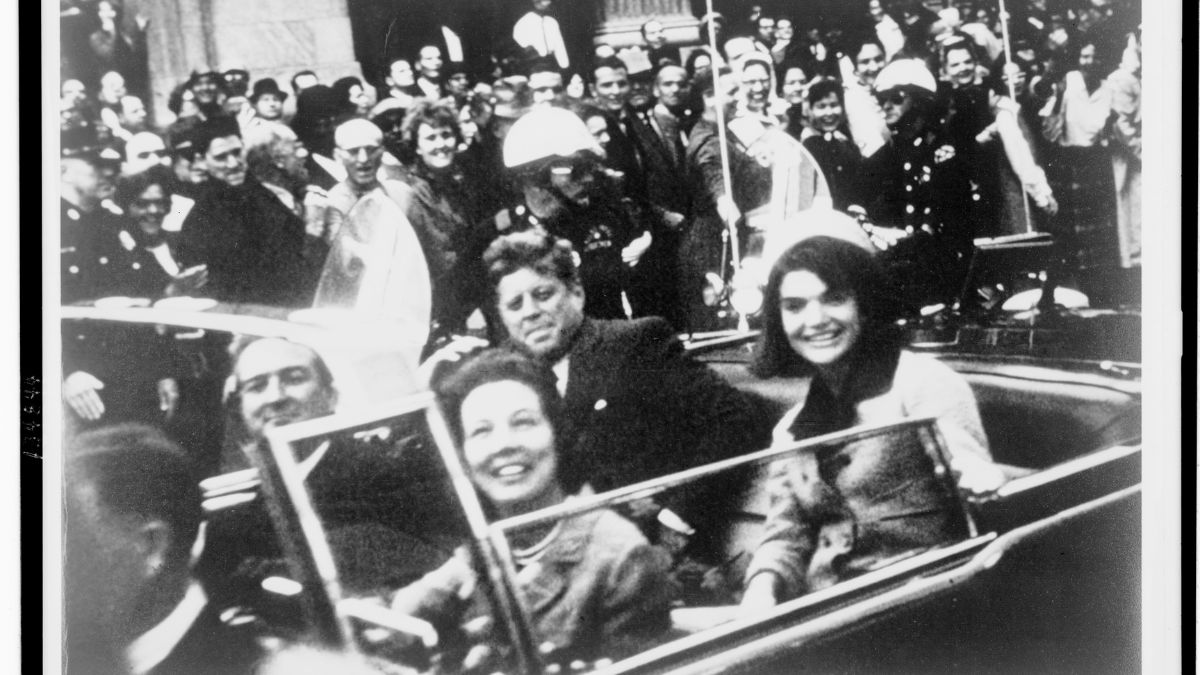Sixty-two years ago, on November 22, 1963, former US President John Fitzgerald Kennedy was assassinated. He rode in an open limousine through the streets of Dallas. His wife, Jacqueline Kennedy, accompanied him. Together, they smiled and waved to the massive cheering crowd.
However, a minute later, everything changed. As shots echoed around Dealey Plaza, they also altered the course of history.
In this edition of Firstpost’s ongoing series of History Today, we remember the 35th US President, and the youngest person ever elected to the office.
The assassination of John F Kennedy
Kennedy, who faced several foreign crises- especially in Cuba and Berlin, but secured achievement, was considered a very different type of leader that the US and the world had not seen before.
Kennedy was the youngest man elected president and the youngest to die.
While taking an open ride, alongside his wife Jacqueline Kennedy, in a motorcade through downtown Dallas and passing by the crowds of 150,000 people, the President was struck by two rifle bullets at 12:30 pm- one at the base of his neck, while another directly in his head.
The deadly shots came from a sixth-floor window of the Texas School Book Depository building.
He was rushed to the Parkland Memorial Hospital, but was pronounced dead around 30 minutes after the shooting. Kennedy was just 46 years old.
People fainted after receiving the news. Tears streamed down their face as they stood by the emergency room. There was only one word to describe the picture- ‘grief.’
Accused of murdering President Kennedy and a Dallas policeman, who questioned him on the street near his rooming house 45 minutes after Kennedy was shot, Lee Harvey Oswald was eventually arrested.
Quick Reads
View AllOn November 23, he was formally arraigned for the murders of President Kennedy and Officer JD Tippit.
Sea of policemen and press with live television cameras rolling, gathered to witness the departure of Oswald.
Oswald made several statements to the media after his arrest. On being asked, “Did he kill the president?”, Oswald responded, “I didn’t shoot anybody.”
Accused of Kennedy’s assassination, Oswald was fatally shot two days later by Jack Ruby, a nightclub owner in the Dallas County Jail.
Though Ruby was also immediately detained, he claimed that Kennedy’s murder was the key cause of his action. Many declared him a ‘hero’; however, he was charged with first-degree murder.
Vice President Lyndon Johnson took the presidential oath as the 36th president of the United States. He was sworn in at the office aboard Air Force One as it sat on the runway at Dallas Love Field airport.
Jacqueline Kennedy was among the 30 people who witnessed the swearing-in. Lost in grief, she was still wearing the clothes stained with her husband’s blood.
To this day, numerous conspiracy theories surround that tragic day. However, it was clear that the assassination of the youngest, charming president changed the course of history.
The end of Margaret Thatcher’s era
On this day, after eleven years as a Prime Minister, Margaret Thatcher felt that she had no choice but to resign.
“We’re leaving Downing Street for the last time after 11.5 wonderful years, and we’re happy to leave the UK in a very much better state than when we came here,” said Thatcher as she stood outside Downing Street, facing the full glare of the world’s media.
The United Kingdom’s first female prime minister fought countless battles against the British establishment, the trade unions, the opposition Labour Party, and most fiercely, her own Cabinet.
After being elected to a third term in 1987, her government lowered income tax rates, a decision that was met with fierce street protests.
Former Defence Minister Michael Heseltine challenged her for leadership of the party on November 14, 1990.
The UK’s Iron Lady won the first ballot, however, by too small a margin for outright victory. The same night, her Cabinet members visited her one by one, urging her to resign.
Thatcher announced her resignation on November 22, 1990, and officially left the office on November 28, six days later, after helping to ensure that John Major, not Heseltine, would replace her.
With inputs from agencies
)